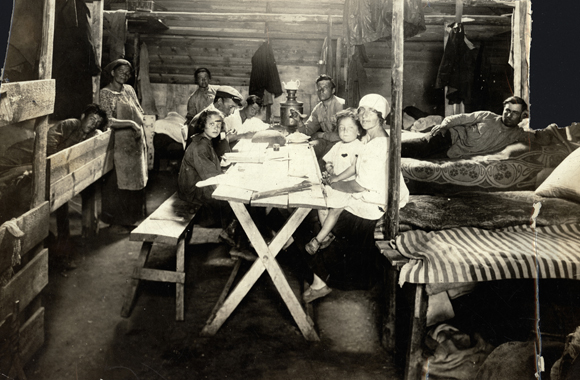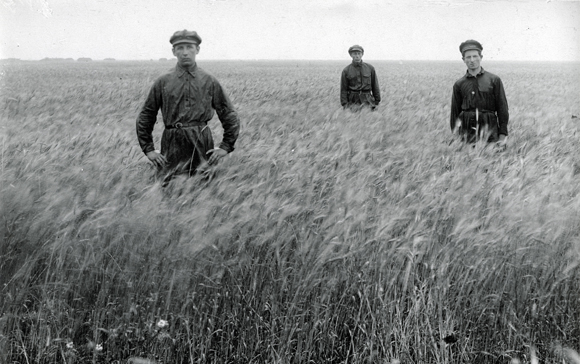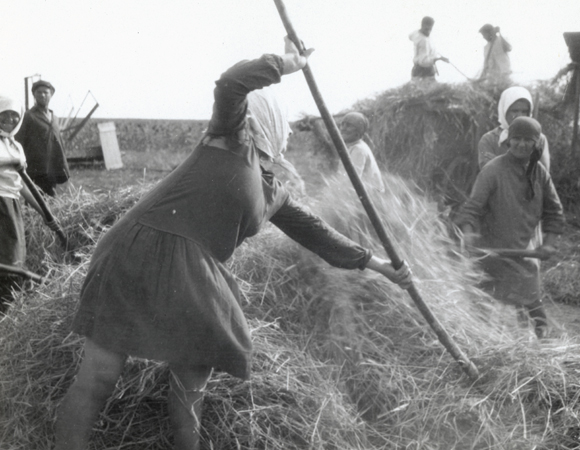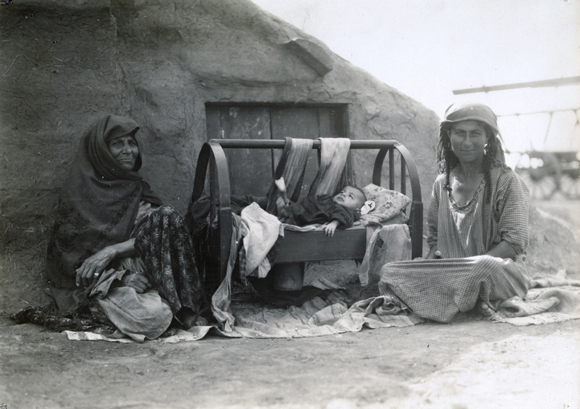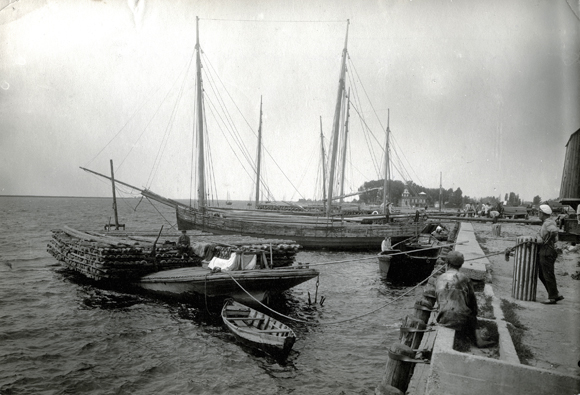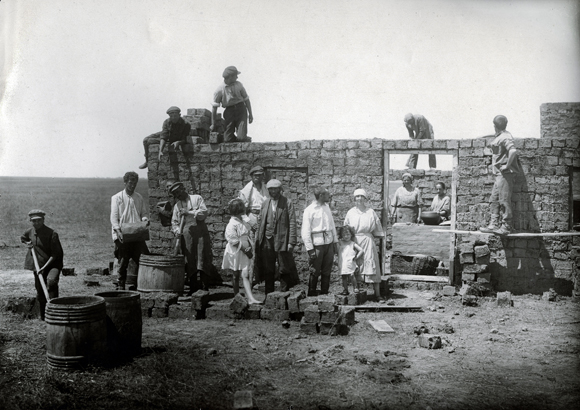Seeking New Horizons
Beyond Relief: JDC in Interwar Ukraine and Crimea
Seeking New Horizons
The Soviets offered free parcels of long-idle land to new farmers as one way to increase food production. Jews could now pursue a way of life previously denied them. As an internationally renowned agronomist, Dr. Rosen recognized this window of opportunity. JDC threw financial, advisory, and legal support behind the Back to the Soil movement. In 1924, it formally established an agency to operate in the southern Ukraine and Crimea: the American Jewish Joint Agricultural Corporation (Agro-Joint).
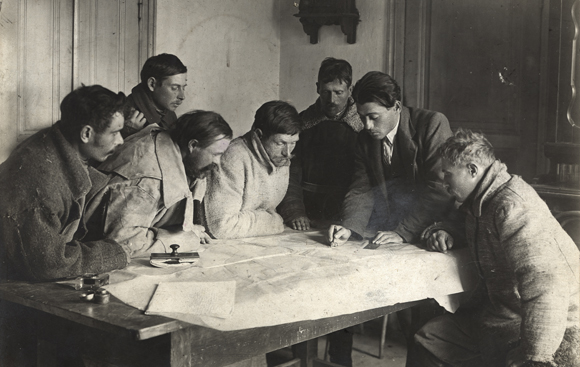
Settling In
As Agro-Joint's Director, Dr. Rosen envisioned employing all the modern techniques of farming to turn Jews into successful colonists. Jobless Jews from the shtetls (labeled ''non-productive'') resettled in Agro-Joint's colonies, where they could grow their own food while gaining full citizen status and rights.
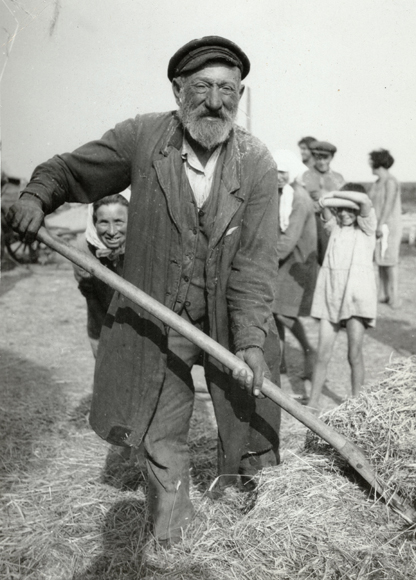
A Crash Course
New settlers had a rough time for the first year. They had to prepare long-abandoned or previously untilled fields. The precise planting and harvesting times for certain crops required farmers taking shifts day and night, tractor mechanics working 24-hour stints.
Building from Scratch
When building started in the colonies, Southern Russia had no timberland. Until new plantings could grow, Agro-Joint had to cut down trees in the North, then prepare and assemble its own lumber. Logs were then transported by river, stream, and railroad.


